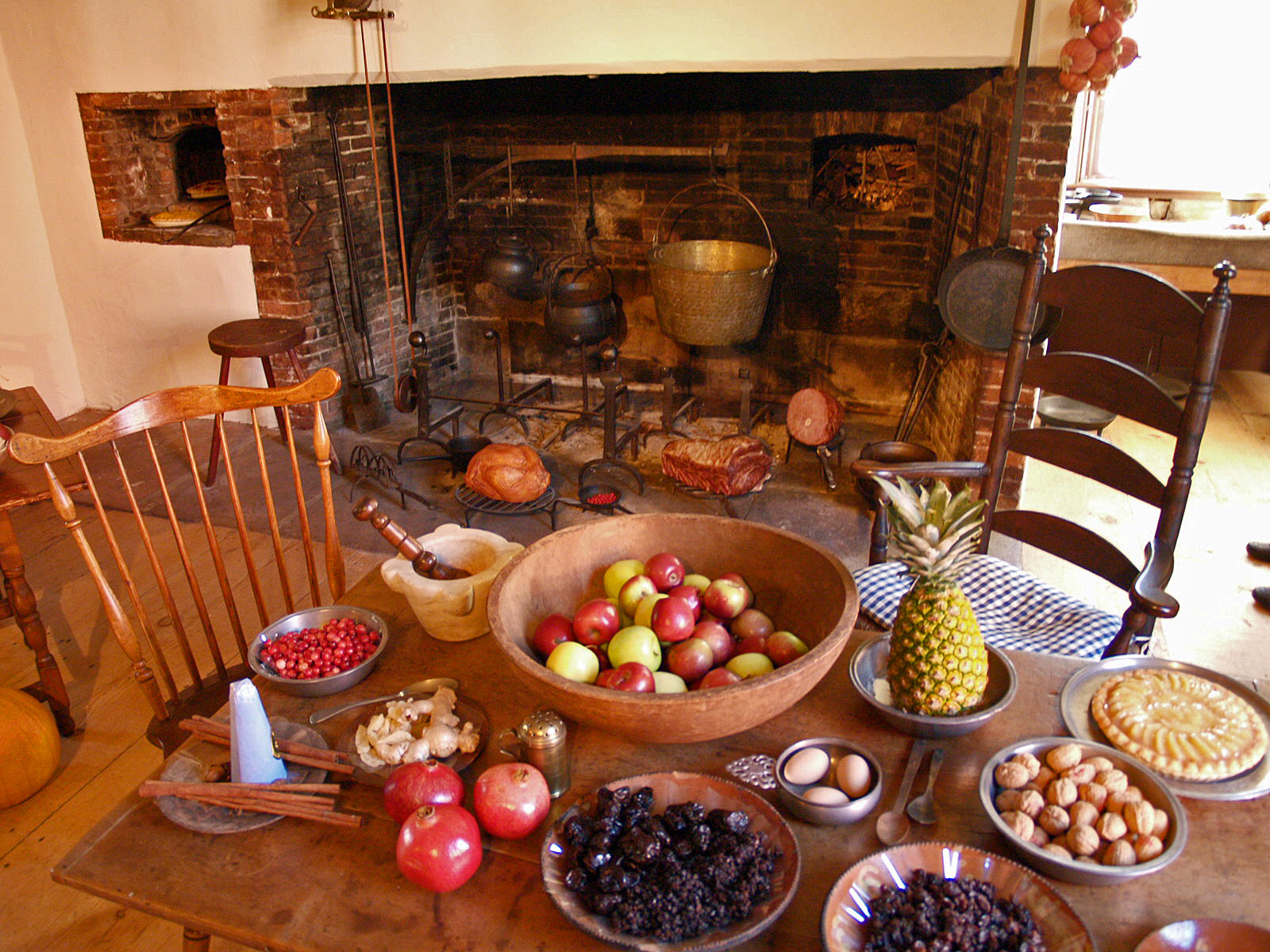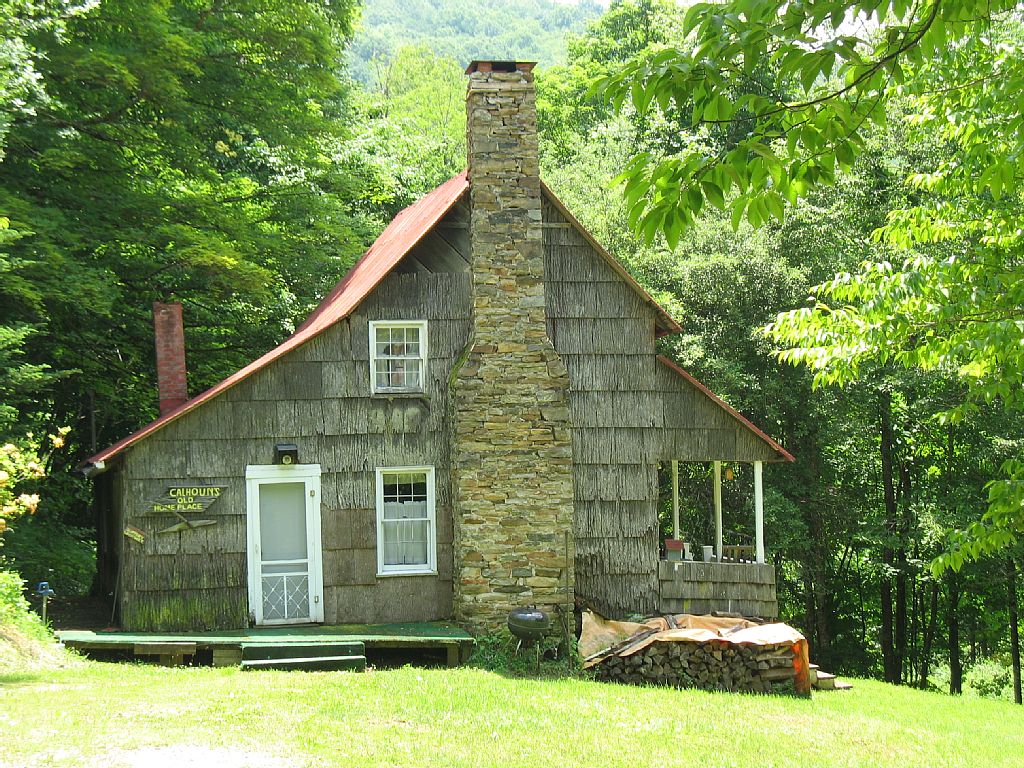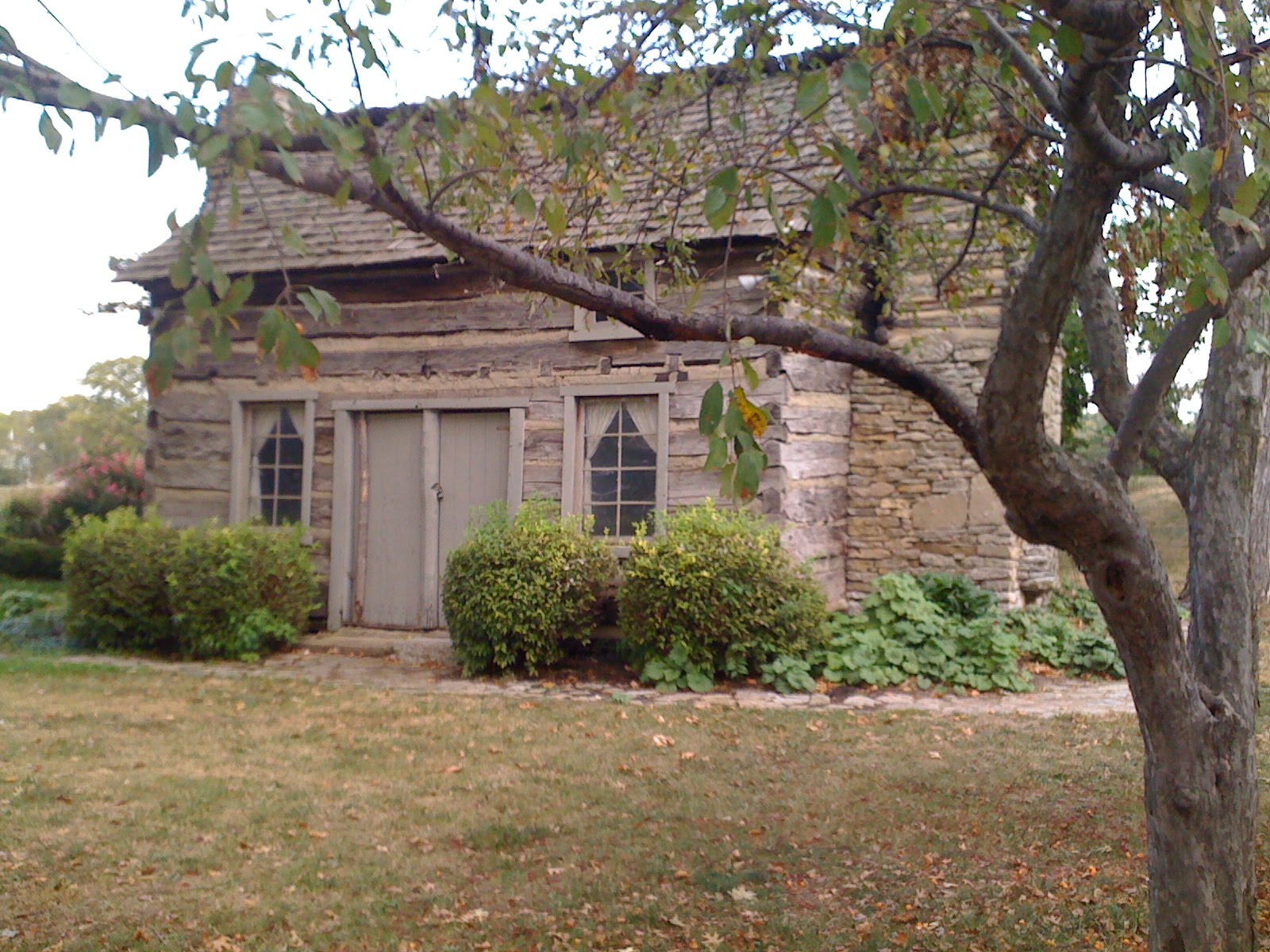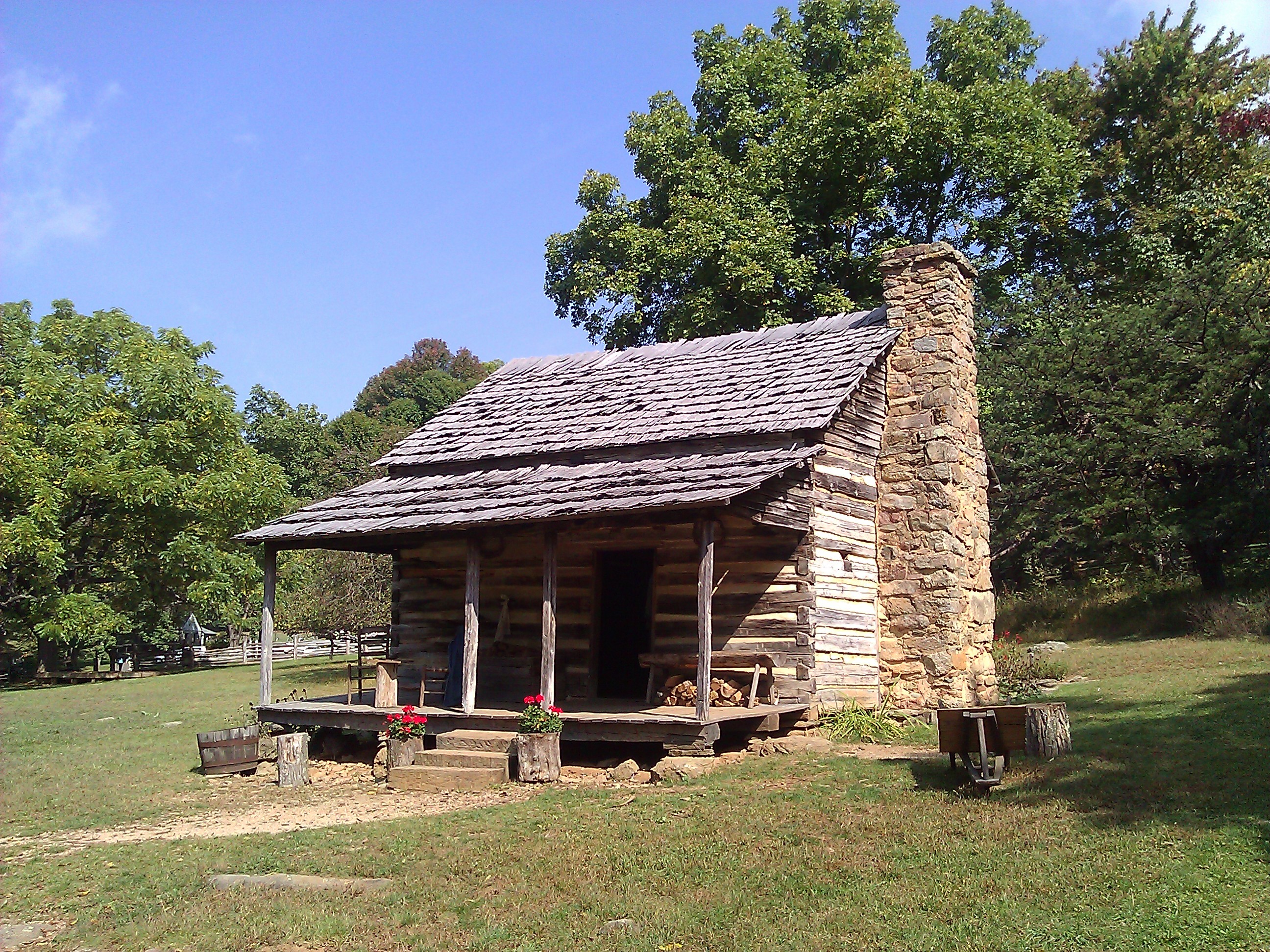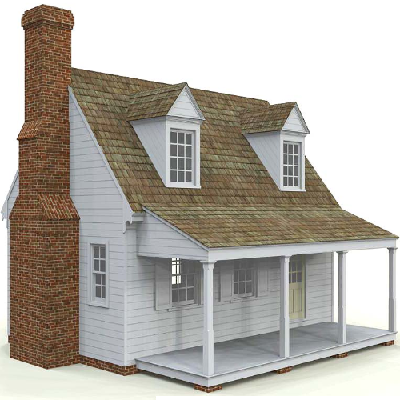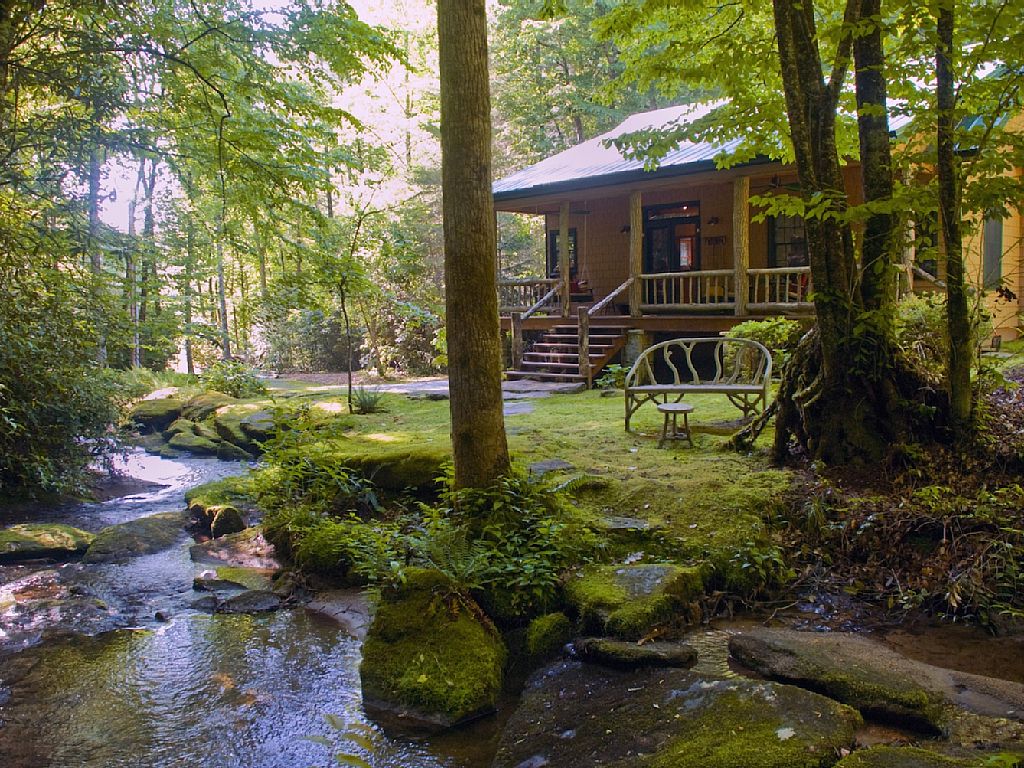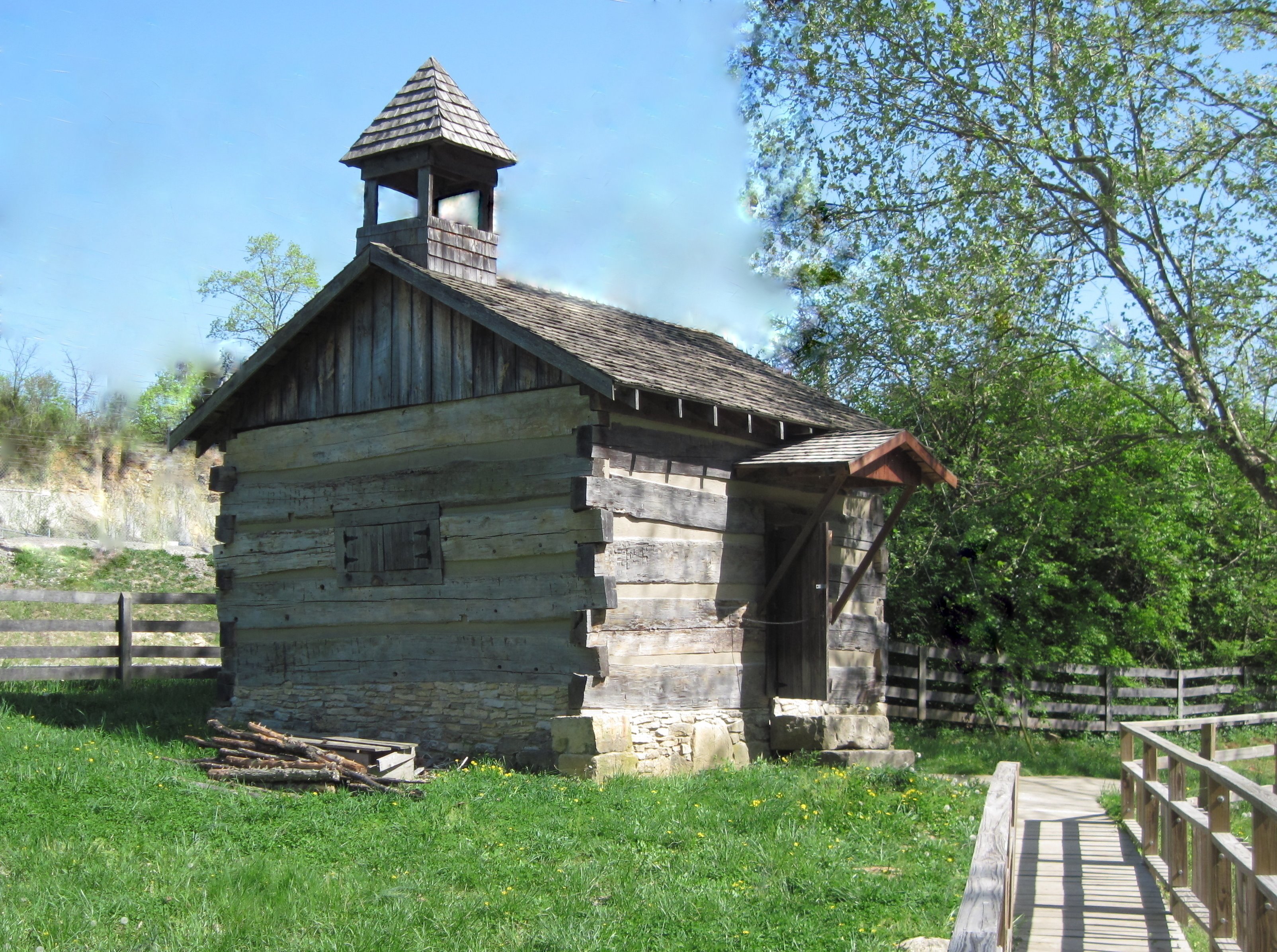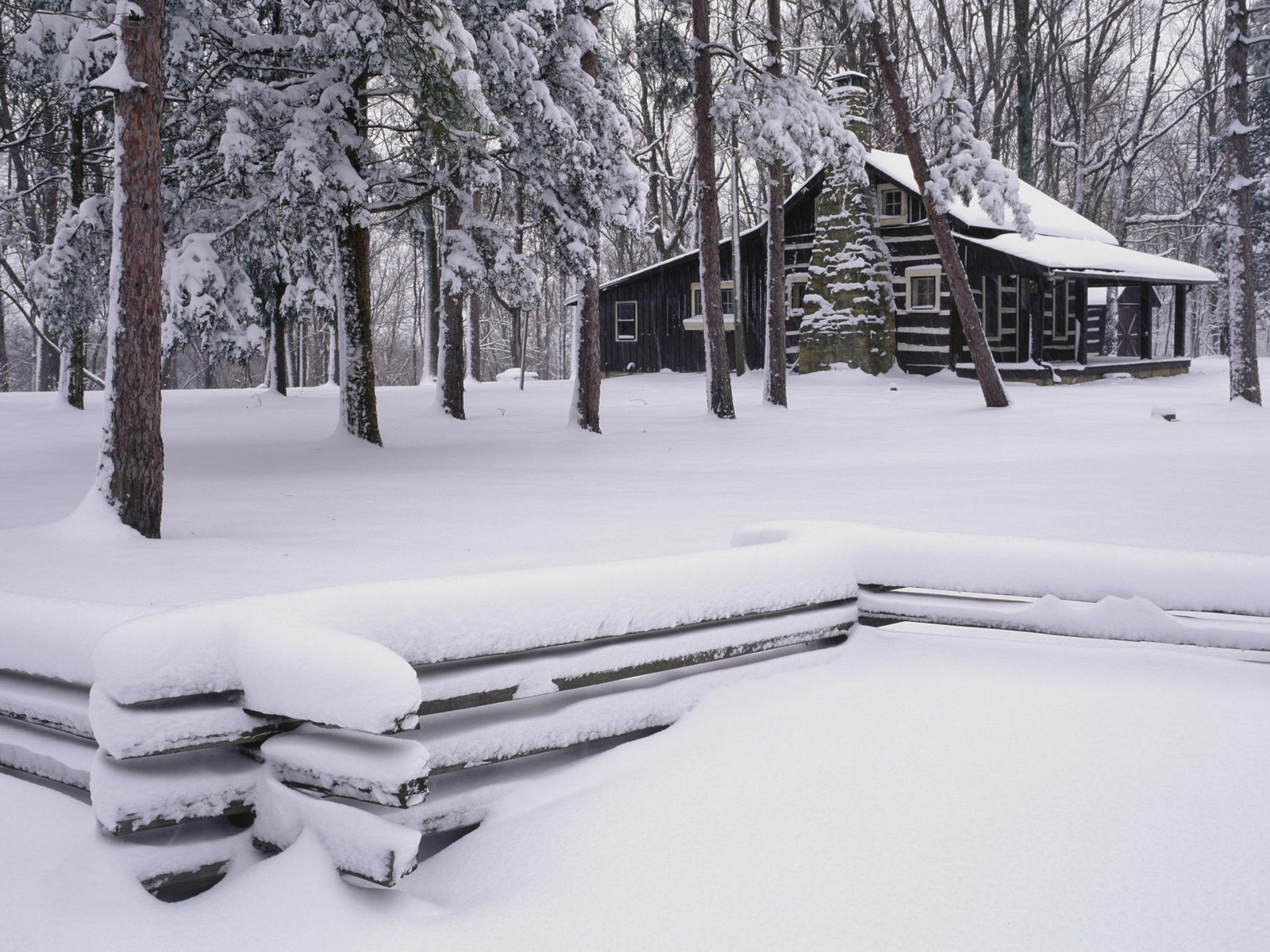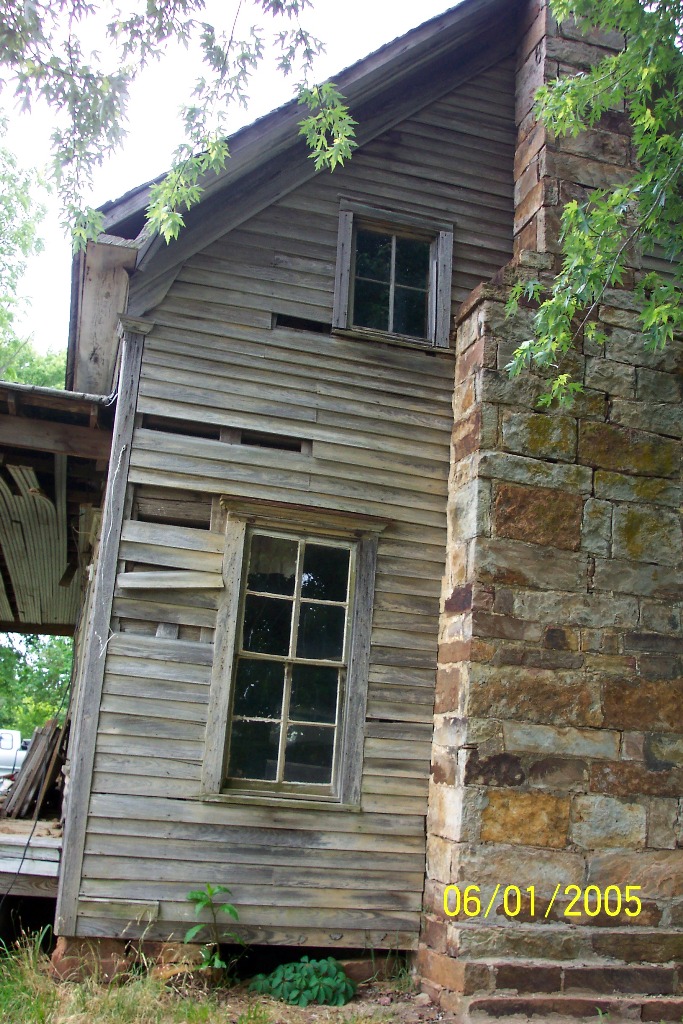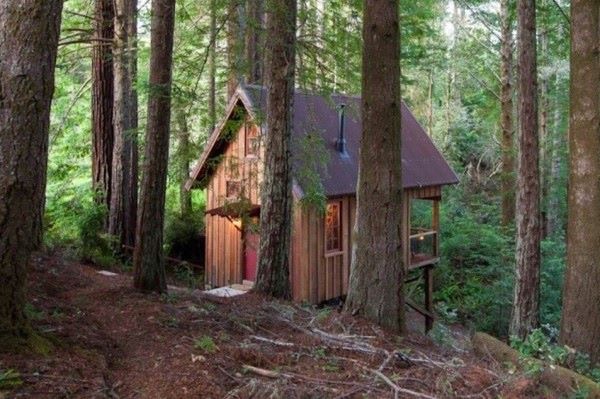About Noah Bradley
This author has not yet filled in any details.So far Noah Bradley has created 1221 blog entries.
29
06, 2019
29
06, 2019
A house cannot be too tall
Noah Bradley2019-06-29T10:24:51+00:00She is tall and trim, and pleasing to the eye.
This cabin is a full two-stories tall with a steep pitched roof and a towering chimney.
The porch roof on the front is also unusually steep pitched. This roof pitch sacrifices any windows that could have been installed on the second floor of this side of the cabin.
The “cat slide” roof on the back of the house aesthetically allows for a larger kitchen addition than what would be possible with a more typical roof design.
The second floor rooms are likely somewhat dark with little natural light coming in.
The extra wide wood shakes create quite a different look on the outside don’t they?
Bought from a sawmill, this form of siding would be an inexpensive, easy to install, alternative to board-and-batten.
Originally posted 2015-11-24 14:10:20.
29
06, 2019
Trim… to paint or not… and what color?
Noah Bradley2019-06-29T10:24:50+00:00There is no right or wrong answer.
About have of the cabins that I have built or seen over the years have had neutral-colored paint trim, or, the trim has been left natural and unpainted. The other half of these cabins the owners have decided to “liven the cabin up” with bright colors, most often red or green. I can’t say that I have a preference, they all are attractive.
It’s more about the shade of the color, than whether or not there is a color. (avoid lime green for example)
Originally posted 2015-11-23 15:39:28.
29
06, 2019
29
06, 2019
29
06, 2019
29
06, 2019
29
06, 2019
29
06, 2019
29
06, 2019
Board and Batten construction
Noah Bradley2019-06-29T10:24:43+00:00Board-and-batten is the best method for covering the exterior of a home IF… you want your home to blend into a wooded environment and if you desire a locally sourced material that is easy to apply and inexpensive to purchase.
Log and stone homes cost more, require more skill, and take much more labor, but they each will last for centuries, are more attractive, and any extra funds invested in them will be amply returned with lower maintenance expenses and upon the eventual sale of the home.
Originally posted 2015-11-21 14:50:22.

